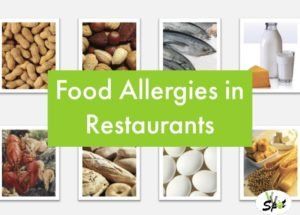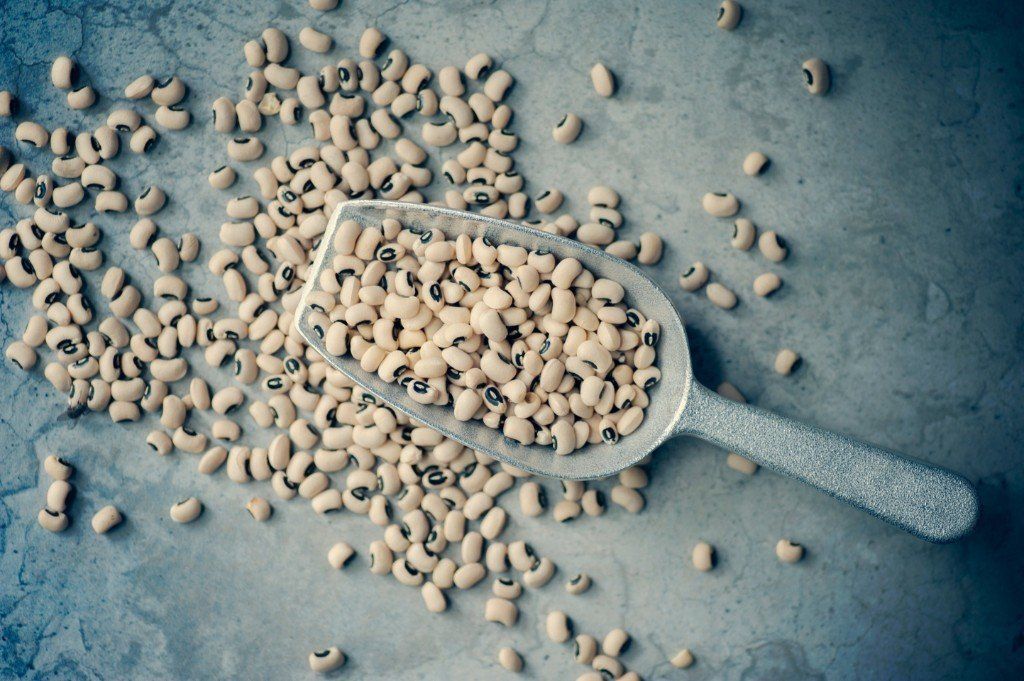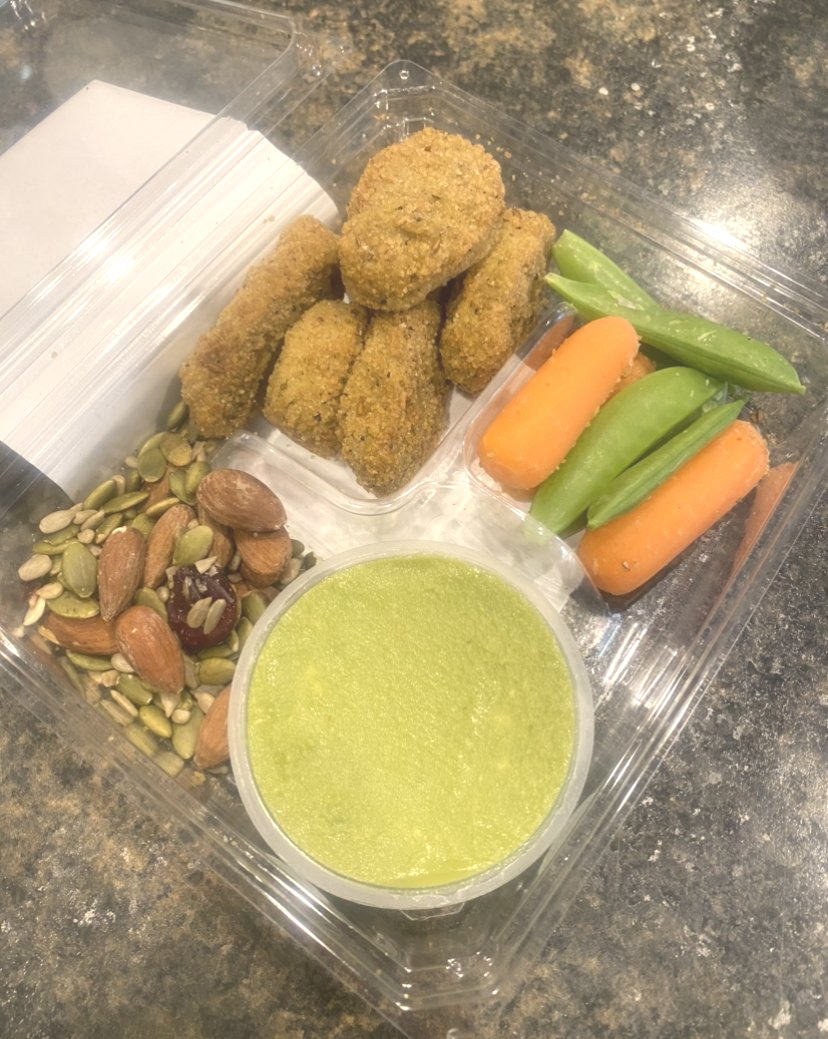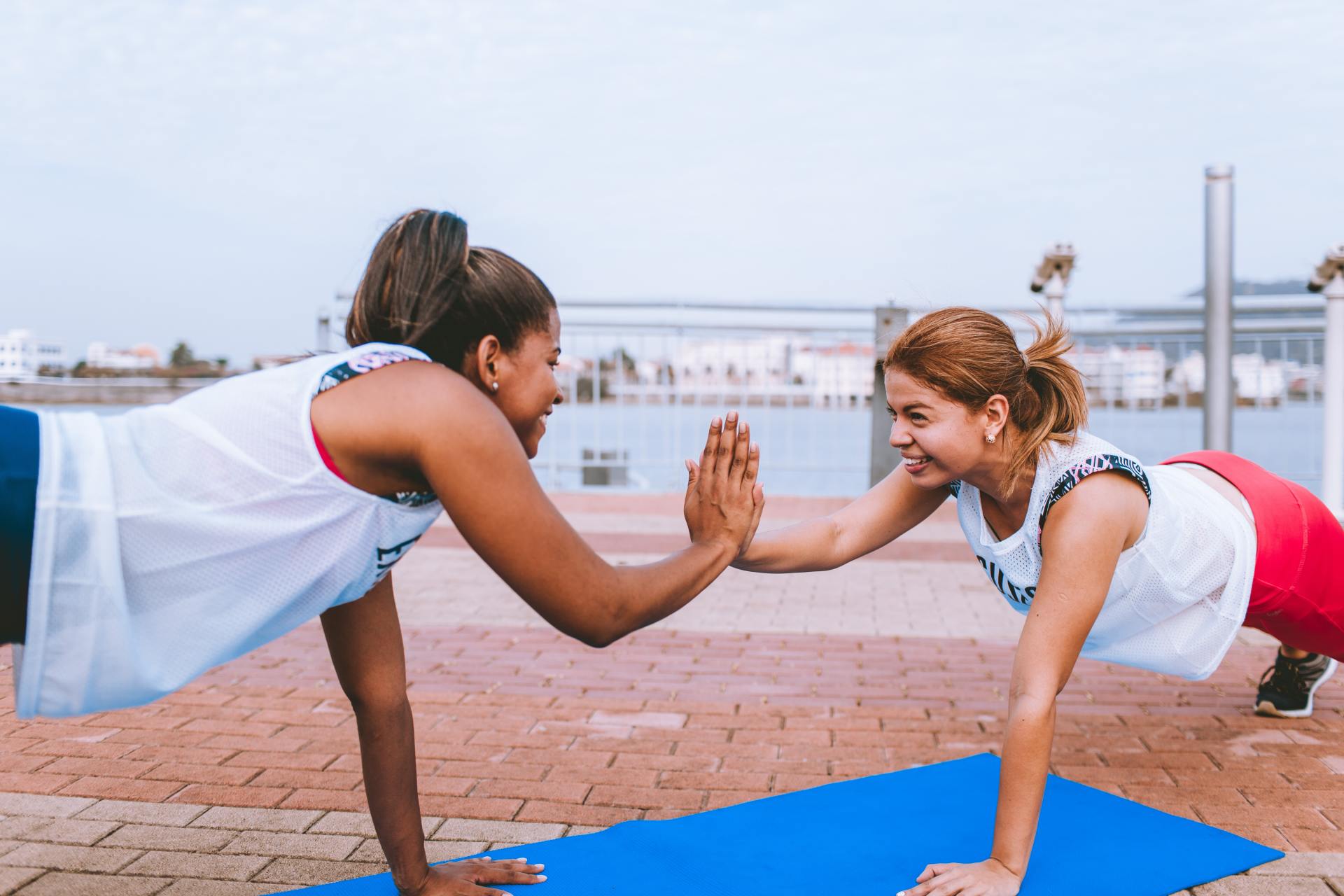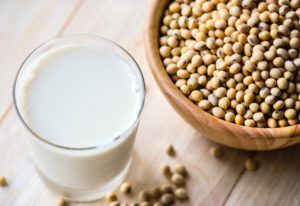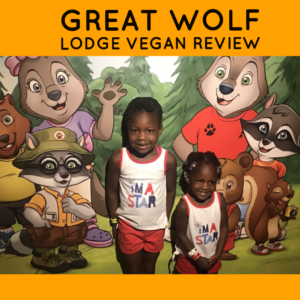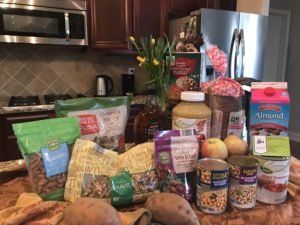Topsoil Kitchen & Market's Planted Meal Plan Review
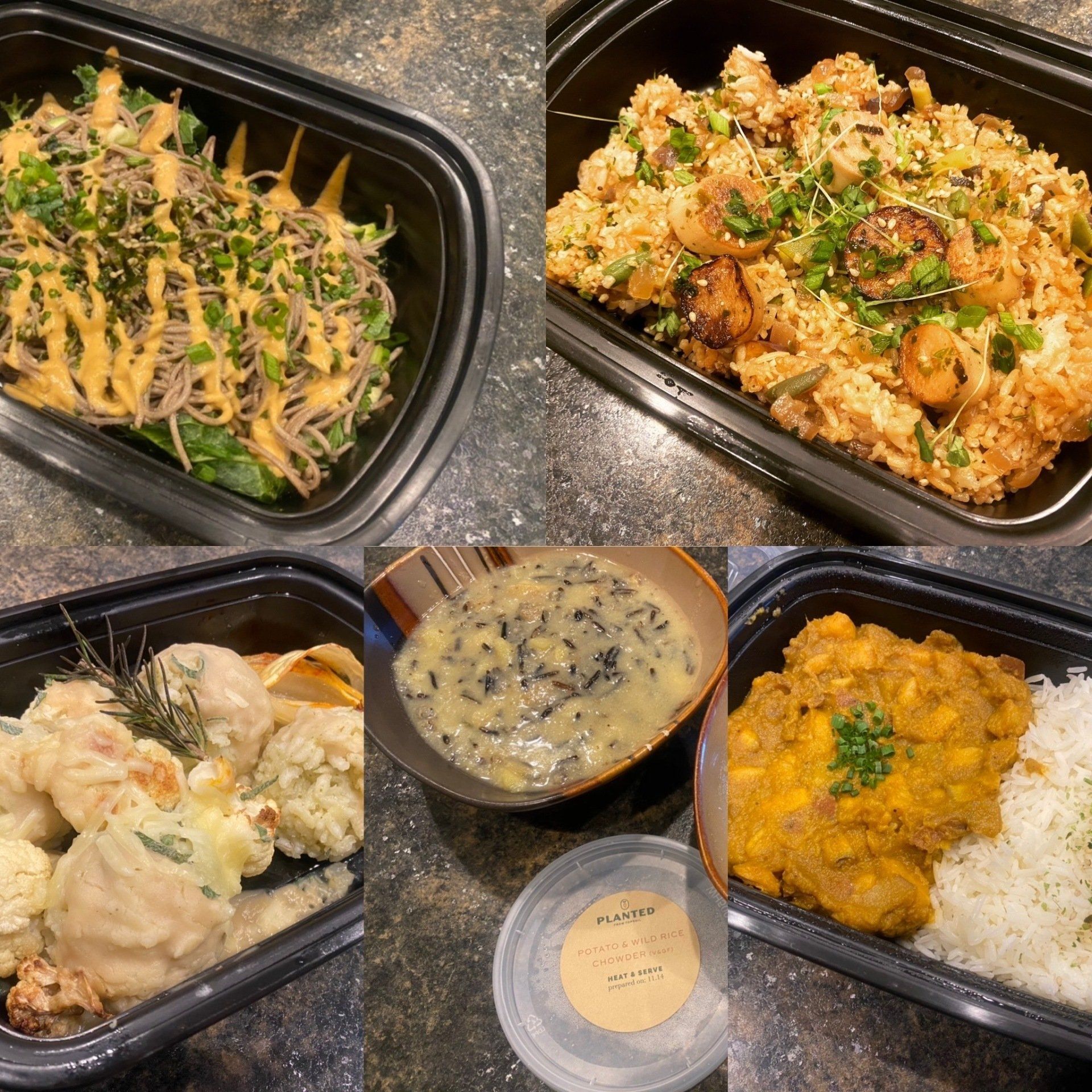
Topsoil Kitchen and Market, located in downtown Travelers Rest, SC is a farm to table restaurant featuring a James Beard Foundation Semifinalist Chef, that has some of the best offerings you can find in the Upstate. They host various events including Supper Club and festivities, offer Whole Foods Plant Based options and provide the opportunity to purchase fresh groceries!
We recently had the opportunity to taste some of Topsoil’s “Planted” options and we were truly impressed! Their Planted Meal Plan, which is a weekly ready to eat meal kit, offers award winning chef-made 100% locally sourced and absolutely delicious meals. Each kit includes five meals, that are freshly prepared with flavor and nutrition in mind for only $75!
First, we have a delectable Soba Salad consisting of peanut sauce, ginger, scallion, and furikake. This picturesque dish had a delicious peanut and gingery taste; offering a protein packed dish that requires no heating! Next, is one of our favorites, the Fried Jasmine Rice with King Trumpet Mushrooms. This dish was bursting with flavor in every bite and the mushrooms provided a meaty texture that will please any palate. Third, is the Truffled Cauliflower Risotto; a dish topped with lightly sprinkled vegan cheese. This savory dish would satisfy any type of eater. Next, is the Potato and Wild Rice Chowder. This soup will comfort you on a chilly day, providing a savory taste with great texture to give you enough fiber to keep you full. Lastly, we have the Sweet Potato Green Curry. This curry dish was delicious from start to finish. It could satisfy any palate, which had enough spice to provide the necessary flavor, but not too much for those who can’t handle the heat. Each dish was amazing and easy to heat and serve. Most serving sizes of the meals can actually feed two people; however, Topsoil Kitchen & Market recognizes that most individuals would only be satisfied if they had each dish for themselves.
In addition to providing delicious cuisine, health is a factor in almost all of the dishes. A Plant Based Whole Foods (PBWF) diet is a lifestyle in which one eats minimally processed foods including: fresh fruits, vegetables, legumes, and grains. Topsoil Kitchen & Market meets the needs of individuals aiming to sustain a healthy diet including PBWF. The Planted Meal Plans change each week since the food is locally grown. These dishes are straight farm to kitchen from their trusted farmers and Topsoil’s very own farm. This is delicious food you can trust (especially during the pandemic). When you look at the nutritional aspect, you are most definitely getting the necessary nutrients to sustain a healthy lifestyle. For more information about Topsoil Kitchen and Market and their Planted Meal Plans menu, please visit https://www.topsoilrestaurant.com/.


